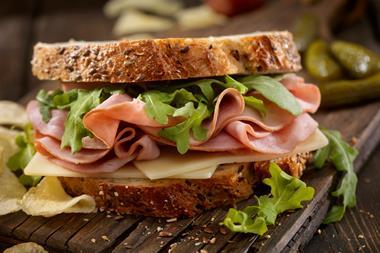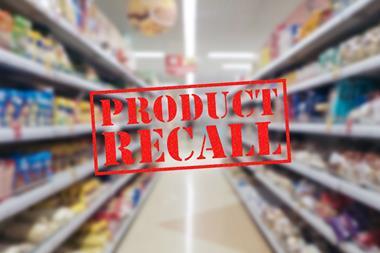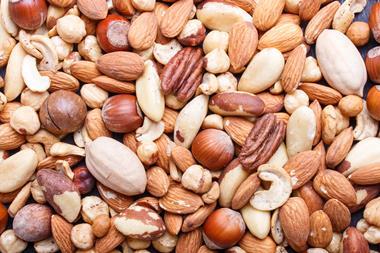Specific sugar reduction targets have been published by Public Health England today (30 March). But what does this mean for bakers?
The Craft Bakers Association (CBA): “This is not going away so embrace it and be inventive”
Janet Carr, national president and board director of the CBA: “We rose to the challenge on salt and I am sure we can equally rise to the challenge on sugar. Yeast-raised bakery products lend themselves very well to this issue and I see a whole opportunity for semi-sweet products and fruit breads, with the additions of milk, eggs, butter and natural flavourings helping to add a richness and texture to these.
“Many of our ingredient manufacturers are already bringing low-sugar alternatives to the market, to enable us to offer a range of lower- or no-sugar alternatives to those of our customers who wish to make this diet choice. Make no mistake, this is not going away so embrace it and be inventive – it’s what we bakers are good at.”
Federation of Bakers (FOB): “We will work towards meeting the challenge”
Gordon Polson, director of the FOB: “The Federation of Bakers understands the need to address obesity, especially in children. We have engaged fully with Public Health England in arriving at the very challenging 20% reduction by 2020 for morning goods. We will now work towards meeting that challenge.”
Scottish Bakers: "Food Standards Scotland want to reduce the energy density of food rather than focussing on a single nutrient eg. sugar."
Alan Clarke, chief executive of Scottish Bakers: "It is interesting to see what is happening in England. In Scotland, Scottish Bakers are part of a group of senior industry leaders convened by the Food & Drink Federation Scotland.
"We have met with the Board of FSS and realise that ’out of home’ food to go from cafés, take aways and retailers is a key area for them. FSS are clear that they want to reduce the energy density of food rather than focussing on a single nutrient e.g. sugar. They also recognise the work that the industry is doing on reformulation, the next meeting of the group is taking place in April."]
Food and Drink Federation (FDF): Manufacturers “are ready for the challenge”
Ian Wright CBE, director general of the FDF: “Today’s report represents a constructive platform on which to build a world-leading programme of voluntary sugars reduction, right across food and drink.
“All parts of the food industry – manufacturers, retailers, takeaways, restaurants and cafés – need to step up. The guidelines are very stretching, but manufacturers, for our part, are willing to take on the challenge.”
Action on Sugar: “Doing nothing is no longer an option”
Graham MacGregor, professor of cardiovascular medicine at Queen Mary University of London and chairman of Action on Sugar: “We congratulate PHE’s tremendous achievement on setting coherent and achievable sugar reduction targets in such a short space of time.
“However, the missing factor in this report is how these targets will be enforced. We’ve seen over recent weeks that some companies within the food and drink industry have made great progress whilst others are seriously lagging behind and others claiming wrongly that they can’t do it.
“Doing nothing is no longer an option – we need transparency from them about how they are meeting the targets.”
Leatherhead Food Research: “Blueprinting is an effective way to address these challenges”
Kathy Groves, professor and head of microscopy, Leatherhead Food Research: “Depending on the properties of the product in question, sugar can contribute much more than taste. It has preservation qualities, so plays a role in the shelf-life of a product. It also impacts texture, aeration, fermentation (for products containing yeast), bulk and visual appeal. Food manufacturers need to consider interactions between ingredients in a recipe to understand how sugar reduction or replacement will affect the finished product.
“A scientific approach known as ‘blueprinting’ is an effective way to address these challenges – it creates a technical map of a product and considers both the sensory and scientific attributes that explain its profile, drawing on microscopy, microbiology and rheology.
“This enables objective analysis of properties such as ‘crunch’, ‘creaminess’, ‘lightness’ or ‘smoothness’. Understanding the science that underpins these attributes facilitates more intelligent and efficient product development, with reduced risk.”



































No comments yet